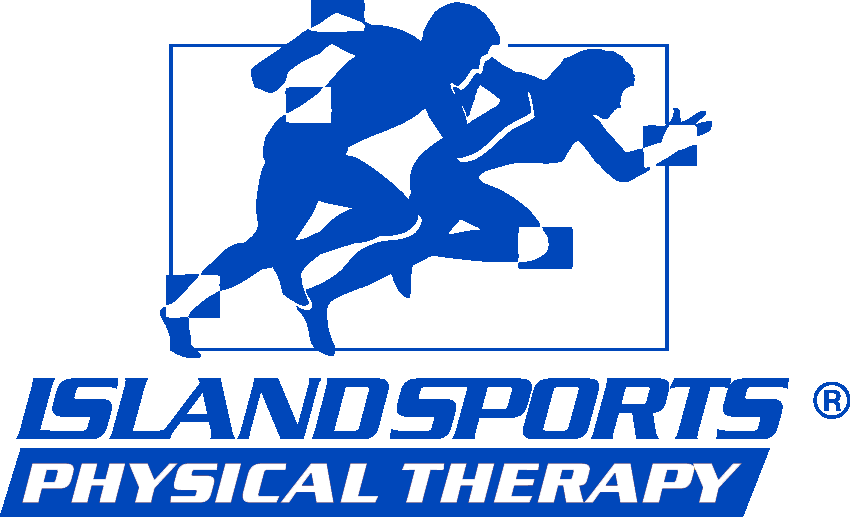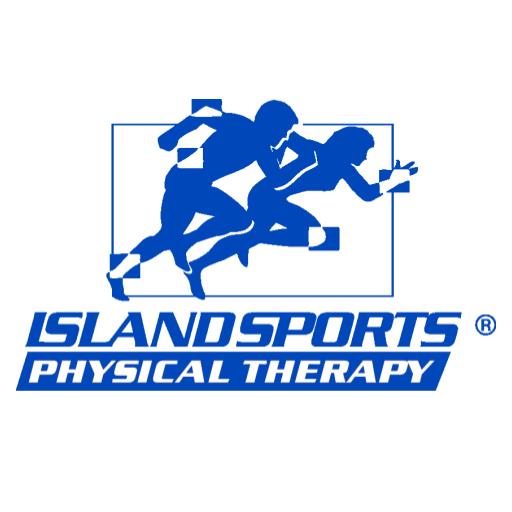

Staying Healthy This Winter
This winter, it’s important to take the necessary precautions and preparations to bracing the harsh conditions this season brings. Whether it’s ice or snow, this season brings many injuries that can seriously sideline you if you’re not being careful. One million Americans are victims of slip and fall accidents annually, injuring and incapacitating them. Staying healthy and safe this season can prevent the possibility of hurting yourself this winter. If you’ve been disabled by these winter conditions, you can get help from physical therapy in Huntington at Island Sports Physical Therapy, with locations also in East Northport, Nesconset, Coram, East Meadow, and Glen Cove.
If you’re looking to prevent injury and come out on top this winter, follow these tips:
Properly stretch before exercising
Because the winter offers a colder environment this time of the year, giving yourself a few minutes to stretch out your muscles can reduce the risk of tearing or pulling muscles.
Salt everything
Injuries related to slipping and falling are usually related to slipping on ice in your driveway. Salting ice-prone areas before and after snowfall will prevent the chances of an accident.
Use a helmet when playing winter sports
Sports like skiing and snowboarding are fast-paced activities that can result in falling. Wearing a helmet allows you to avoid any head injuries.
Change your route
If you’re running outdoors, be sure to study different routes and paths that you can take. Your usual path may be covered in ice, so it’s important to alternate your course to avoid slipping and falling.
A simple change in routine is all you need to properly avoid any injury this season. Ice and snow are obvious culprits for winter injuries, and whether it’s changing your exercise path or taking time to properly prepare yourself for the outdoors, simple precautions will help you for the long-term this winter. At Island Sports Physical Therapy in Huntington, we can treat your discomfort if you’ve recently been injured.
For more information, contact us today!
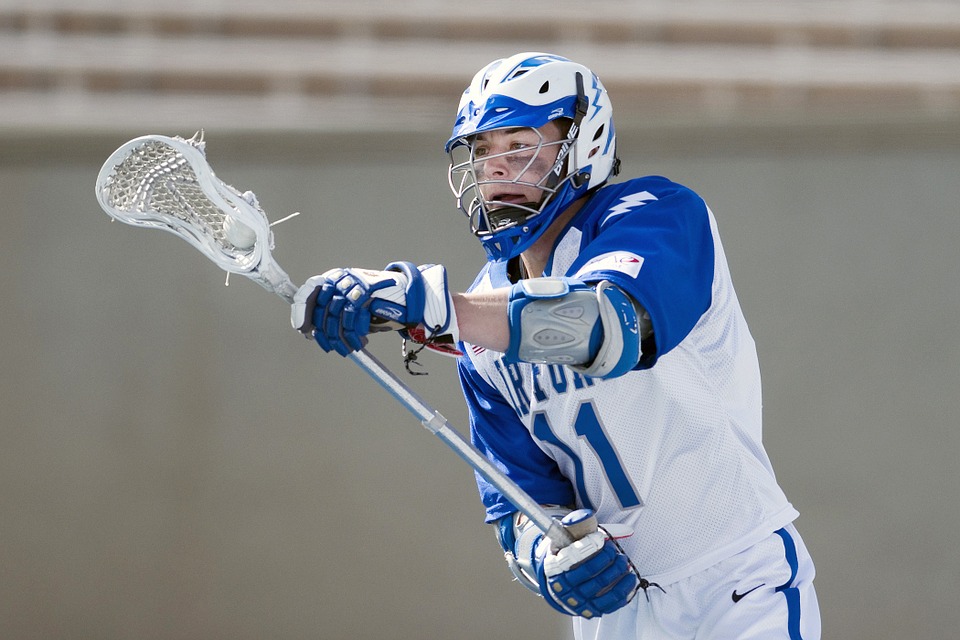
Body Conditioning On Long Island
Lacrosse season is right around the corner and it’s not too late to get in shape. Lacrosse is a very physically demanding sport and having your body in the right shape is important if you want to be playing at your best. At Island Sports Physical Therapy we offer body conditioning for lacrosse on Long Island. Our physical therapists can offer their expertise to help you get in shape and stay in shape for this lacrosse season.
Here’s how body conditioning can help your game:
- Improving your speed: by doing drills and exercises provided by your physical therapist. Improving your speed and acceleration will not only help you stay healthy and in shape but also will translate to on-field success.
- Core strength: utilizing exercises like sit-ups, planks, and crunches will help your overall core strength. Core strength will help improve your balance, stability, and accuracy of passing and shooting on the field.
- Plyometrics: Plyometric exercises can help you improve your strength and explosiveness. Strength and explosiveness are two key elements of lacrosse, getting stronger and faster will help you become a better player on and off the field, which will help you stay healthy and injury-free.
All of these techniques and exercises will help you get in shape and become a better player during the season. Island Sports Physical Therapy offers body conditioning for lacrosse on Long Island to help you perform at your highest level.
Lacrosse is a very physical game and to play the game you need to be in good physical shape in order to play at your best. If you are looking for body conditioning for lacrosse on Long Island, we at Island Sports Physical Therapy can help you by offering our expert services to get you in shape for the season and keep you going during the season.
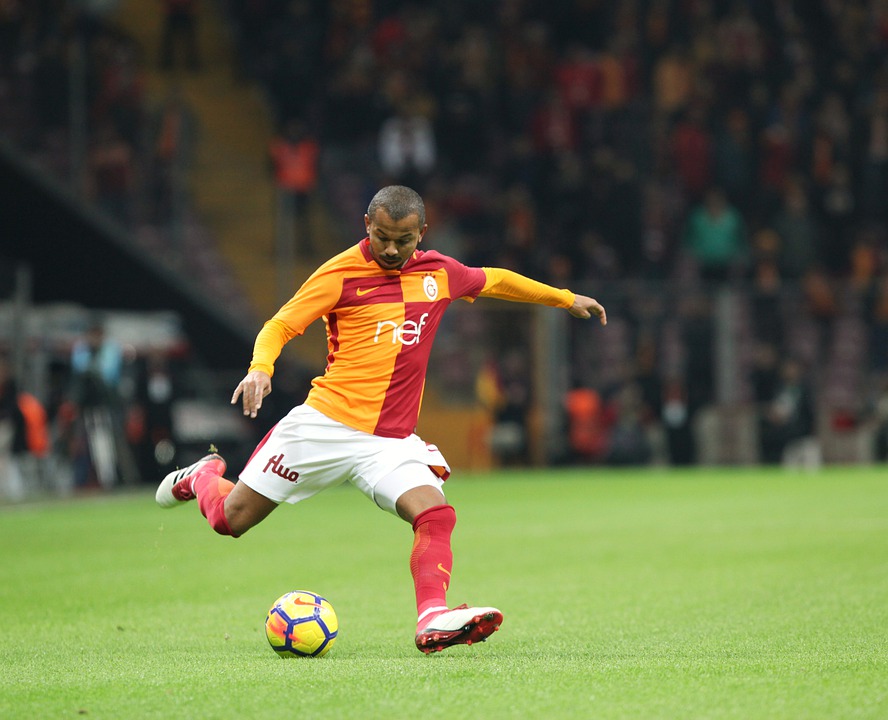
Preventative Tips and Treatment Options for Sports-Related Injuries
Playing sports and staying active helps to maintain a healthy and fit body, however, there are many injuries that may occur during sporting activities. Some of the most common sports-related injuries include:
- Ankle Sprains
- Shin splints
- Stress fractures
- ACL tears
- Groin pulls
- Hamstring strains
Most common injuries are muscles strains or pulls and stress fractures. A sprain is a stretch or tear of any ligament, which is the tough bands that connect the bones in a joint. A stress fracture is an injury to the bone. Any sports activity that involves jumping, running or fast pace direction changes are prone to causing these injuries. These sports activities include football, soccer, tennis, basketball, etc. That is why it is important that if you are involved in these activities, that you be proactive when it comes to prevention.
How to Prevent Injury
Some injuries are out of our control, however, there are instances where sports injuries can be prevented. To reduce the risk of an injury:
- Do not overexert your muscles. Once a month, plan to have one “off day” every two weeks to allow your body to recover. Take the necessary time off.
- Wear the proper equipment needed for the sport. The equipment should be properly fitted in order to correctly protect the athlete. Such equipment like helmets, pads, face guards, and eyewear.
- Stretch and strengthen muscles before participating in the sport. Complete conditioning and stretching exercises that will help strengthen muscles used during the sport.
- Play safe and do not play through the pain.
Treatment Options
The treatments do depend on factors and the part of the body that is affected. General treatment options for any sports-related injury are the P.R.I.C.E approach.
- Protection. Protect the affected area from possible injury. (Use crutches)
- Rest. Avoid any physical activity and using the affected body part.
- Ice. Apply ice to the affected injury area for 15-20 minutes every 3 hours.
- Compression. Use compression bandages to reduce swelling.
- Elevation. Elevate the injured area above the level of your heart whenever possible.
If you cannot manage the pain, anti-inflammatory pain medications can help ease the pain. Once movement is back to normal on the injured body part, a physical therapist can help you regain strength. They can develop corrective exercises to work on the affected area.
If you have suffered from a sports-related injury, contact Island Sports Physical Therapy today!

Fact or Fable?
It is common for people to experience changes in arthritis pain during changes in air pressure before a storm, but can colder temperatures affect your arthritis? According to a study by the American Journal of Medicine, colder temperatures affect the level of thickness in the body’s joint fluid. This increase in thickness is thought to possibly increase the stiffness felt in joints, increasing their sensitivities. The cold, wet season is when discomfort grows and people seek physical therapy in Nesconset.
It is important to pay attention to your body, especially when physical changes in your environment may be taking place. Although no studies yet prove that colder weather directly causes exacerbation of joint pain, there are notable correlations between the two. If you feel you are experiencing an increase in pain during these lower temperatures, it may be the season to take precautions and seek care from physical therapy in Nesconset. The following are additional measures you can take right now to minimize arthritis pain.
What You Should Do:
- Bundle Up: Dressing in layers will help insulate your body with heat and minimize the cold’s effects on your joints
- Added Heat: If layers are not enough to keep you warm, try an electrically heated blanket or wearing clothes straight out of the dryer.
- Heat Therapy: Use a heating pad or hot stones directly on joints to relax muscles and soothe the pain.
- Prevention: Before you enter the cold outside in the winter, stretch or do a few basic isometric exercises to loosen up beforehand.
- Mental Hygiene: Keep up with breathing exercises, your sleep cycle, time spent in nature, mindfulness, affirmations, or any methods to improve mood. Physical pain from arthritis can be psychosomatic and can be alleviated or exacerbated by your state of mind.
Contact our staff for physical therapy in Nesconset. Here at Island Sports Physical Therapy, we offer various forms of orthopedic services to alleviate pain and help patients make progress.

Winter Stretching
In cold weather, warming up your muscles is extremely important, as not being properly warmed-up can result in injury. Especially for winter sports, improper stretching or none for that matter will lead to cramps, pulled muscles, or possible tears. If you’ve experienced pain limiting your physical capabilities, Island Sports Physical Therapy and their talented physical therapists in Huntington, East Northport, Nesconset, Coram, East Meadow and Glen Cove can give you the right treatment to recover as soon as possible.
Why Stretching Helps
There are many reasons why stretching before working out is important for your health:
- Stretching out muscles before your exercise is important because your muscles are cold and properly stretching pumps enough blood through your veins to literally warm up your body. Jogging or a brisk walk can be helpful pre-workout.
- Taking part in some dynamic stretches not only keeps your body continuously warmed up, but allows your body to stretch out stiff muscles and joints at the same time.
- Following dynamic stretches, taking part in static stretches, which usually involve holding a position for a 30 second period, can be helpful in targeting specific areas of the body to stretch out.
- What most people forget to do after a workout is to cool down your body with a light walk or jog. This allows for the muscles to breathe and prevents tightness. If for some reason you injured yourself from a workout, physical therapy in Huntington can help you.
This winter, it’s important to properly prepare your body before working out in the cold weather. Taking a few minutes to warm up your muscles and joints will help prevent the chances of a torn or pulled muscle. If you’ve sustained an injury and are looking for treatment, Island Sports Physical Therapy in Huntington can help you get back to your daily life and eliminate your discomfort.
For more information, contact us today!
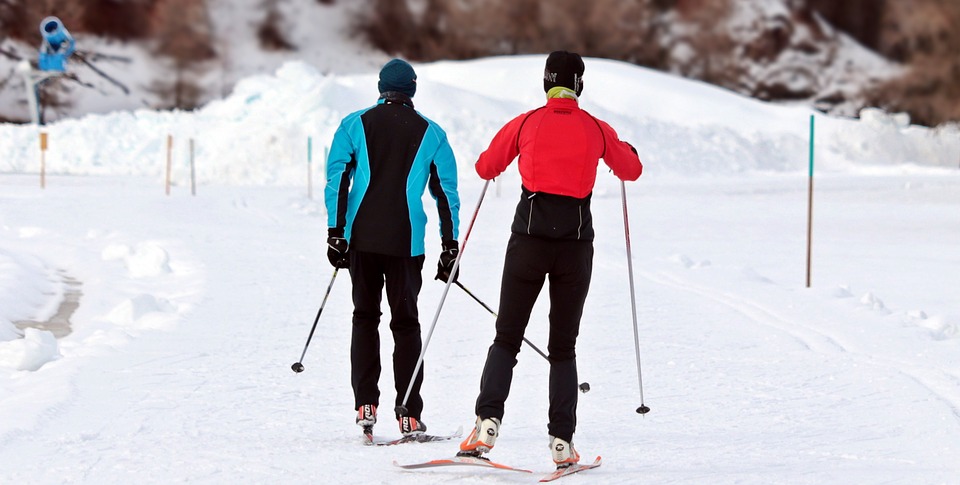
Physical Therapy in East Northport
Every winter, countless skiers and snowboarders embark on expeditions to conquer the mightiest slopes and highest peaks. Unfortunately, sometimes those skiers and snowboarders suffer a few bumps and bruises along the way due to how rigorous and physically demanding their respective activities are. According to the National Ski Area Association, an average of 40 catastrophic and 50 fatal injuries per year are related to skiing and snowboarding. In addition, EpiCenter injury data shows that over the course of five years the state of California had over 11,000 emergency department visits and 630 hospital admissions directly attributed to snow sports injuries. If you have suffered a recent injury from a snow sport, Island Sports Physical Therapy in East Northport, Huntington, Nesconset, Coram, East Meadow, and Glen Cove can help rehabilitate and heal any sustained damage you experience.
Safety Precautions
Before you take on the trails with your friends this season, it’s important to properly prepare yourself for the following precautions and tips.
- Dress accordingly. Especially during the winter, it’s vital to layer up and stay warm to avoid frostbite and illnesses. Wearing breathable materials will allow you to stay warm, but not suffocate from the layers. Try the three-layer method that includes a wicking layer, insulating layer, and protection layer. The wicking layer will be the layer that touches your skin, wearing a thermal that will evaporate sweat to keep you dry and comfortable is recommended. Avoid cotton fabric that will stay moist and opt for synthetic or polyester fabric. For your insulating layer, you will want materials that will trap in heat such as fleece or wool sweaters that will keep you warm and keep out moisture. For your last protection layer, you should look for materials that will protect you from wind, snow, and water. Look for waterproof and breathable coats and pants that will protect without restraining movement.
- Take your phone. You never know what situation you’re going to find yourself in, so be sure to take your cell phone. Before hitting the slopes, save the ski patrol’s phone number so that you can be assisted in case of emergency. The Burton Antifreeze Phone Case will allow you to take your phone with you without worry about damage.
- Gear Up! One in six skiing or snowboarding injuries is head related, making it one of the riskier winter sports to play. A helmet can reduce the risk of an injury occurring as well as keep your head warm. Make sure to select a breathable helmet that will fit properly. Wearing goggles or sunglasses will help to protect your eyes from the weather as well.
Tips On the Slope
Now that you’re prepared and ready to hit the black diamond slopes, follow these tips to avoid serious injuries:
- Stay in control. While going fast is a thrill and certainly is fun, it’s easy to lose your control and balance and end up falling and risking injury. Be sure that you can slow yourself down in the case of unexpected obstacles.
- Treat skiing like driving. Driving and skiing do have something in common and it’s important to know the rules of the slope. While on the slopes make sure that you yield to skiers in front of you who have the right-of-way. Yield before merging onto a hill and always be aware of your surroundings. Other rules of thumb: do not block the way for other skiers and snowboarders, do not attempt to go on closed off trails and do not drink and ski.
- Have a buddy. Skiing and snowboarding with people is a safe decision, especially if one of you are injured. Be sure to stay in range of your partner and to not let them out of sight. Although going on a steeper slope that your friend refuses to go on may be tempting, you should try to avoid it unless you know many other skiers will be on the slope to help in the case of an accident.
- Don’t get overconfident. If you’re not well groomed in backcountry skiing and haven’t skied in groomed slopes, it’s best to avoid conditions you’re not used to. Evading unfamiliar territory can reduce the chance of injury. Try to take on more difficult slopes with a friend who has experience in the conditions or a ski instructor.
Nothing is more thrilling than skiing at top speeds or snowboarding the highest mountain. However, staying on top of your safety and avoiding dangers can be the difference between you being healthy or coming home in a sling. If you suffer any injury that is winter sports related, Island Sports Physical Therapy in East Northport can help you recover from your discomfort and have you back on the slopes in no time.
For more information on how we can help you, contact us today!
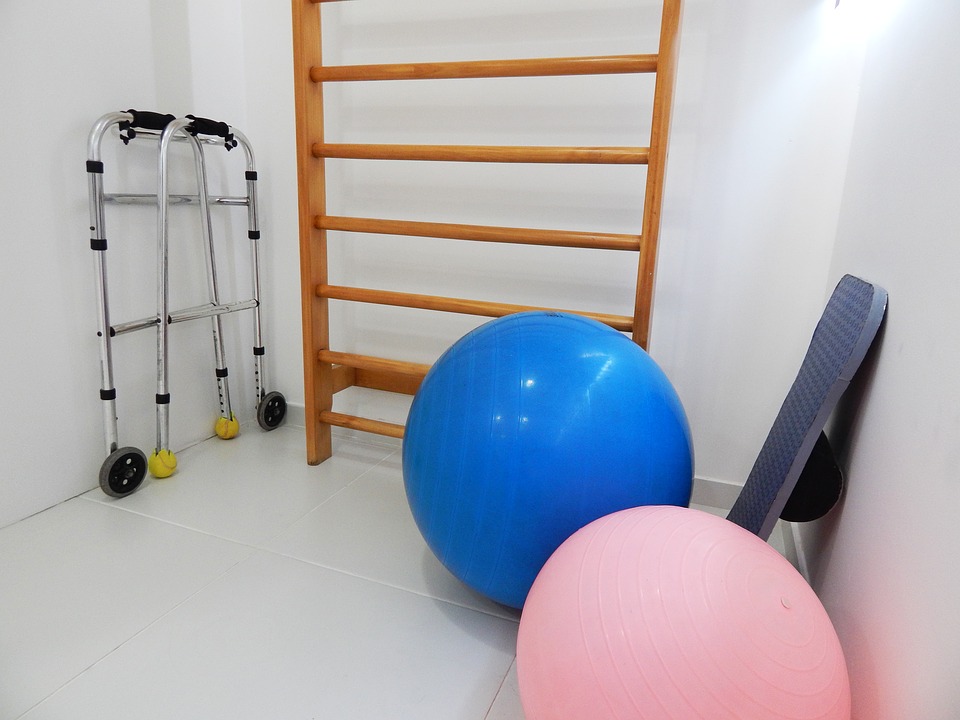
New Year’s Physical Therapy
It’s common for people to make resolutions and change current habits, promising to resolve issues that they may have had in the past. Many resolutions are related to living a healthier lifestyle, focused on health wellness and a proactive way of thinking. That’s why physical therapy offers a lot of positives that can help you make your New Year’s Resolution worthwhile. At Island Sports Physical Therapy in East Northport, Huntington, Nesconset, Coram, and East Meadow can treat any injury or pains you’re feeling and will make you feel like a new person.
How Physical Therapy Can Help You
- Reduce pain – physical therapists can properly treat joint and tissue pain through therapeutic exercises and techniques. With the benefit of treating pain, physical therapists can also prevent the pain from occurring again in the future.
- Better mobility – no matter what your age, if you have difficulty walking or moving from pain, physical therapy in East Northport can introduce different exercises to improve mobility. Whether it’s the introduction of a cast or brace for additional support, physical therapy can be beneficial for mobility improvement.
- Age management – with age comes issues like arthritis or osteoporosis, which can act as a serious hindrance for anyone who suffers from these diseases. Physical therapists are trained experts in helping manage a patient’s arthritis and osteoporosis symptoms and can significantly reduce pain.
Going to physical therapy in East Northport can help you recover from discomfort you may be experiencing and will have you feeling reinvigorated. If the goal of a New Year’s Resolution is to get rid of the pains and ailments you have, a great place to start is at Island Sports Physical Therapy.
For more information, contact us today!
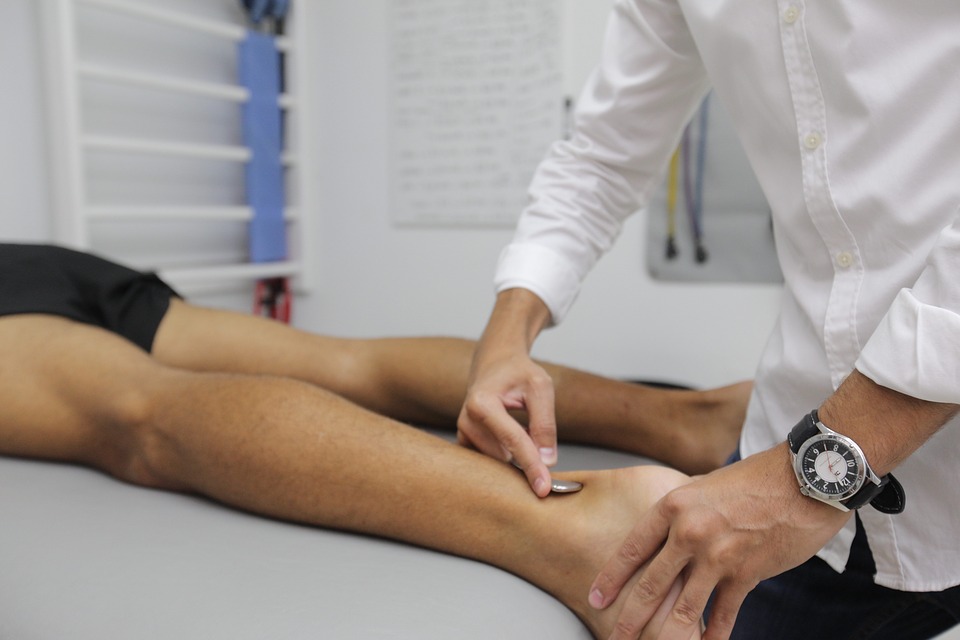
Physical Therapy for Diastasis Rectus-Abdominis
Diastasis rectus-abdominis, or DRA, is a condition that many women suffer from during and after pregnancy. DRA occurs when the two parts of the abdomen muscle are separated as the connecting tissue stretches beyond its limits. The reason this is an occurrence for many pregnant women is that as the uterus expands, it is also stretching the abdominal wall. Luckily, Island Sports Physical Therapy in Huntington can help you recover from this. With locations in East Northport, Huntington, Nesconset, and Coram as well as Nassau County locations in East Meadow and Glen Cove, can get you the best treatment possible and help you recover from many abdominal issues.
If you’re experiencing DRA and want to know the benefits physical therapy has to offer, here are some ways that we can help you:
- Stretching – when certain muscles feel fragile and frail, other muscles can stiffen up and become very tight. A physical therapist will be able to stretch the muscles that are bothering you.
- Braces – bracing or taping your lower back can give considerable relief when going through the early recovery process of DRA. Braces can also teach you proper posture so that you can reduce abdominal pain.
- Educate – many movements and habits that you don’t know cause you pain are things your physical therapist can point out and correct. With that, a physical therapist in Nassau County, like Island Sports Physical Therapy would also be able to give you advice on exercises to avoid or pursue.
- Posture – postural training is the most important part of recovery for those dealing with DRA. Through learning how to stabilize your core, physical therapy in Huntington can help build back strength without overusing the rectus-abdominis muscles. Posture training also is important because it helps you improve your daily routines, such as carrying your child or lifting.
Physical therapy is beneficial for those who have recently had a child and are suffering from DRA. A talented and experienced physical therapist not only can get you through the rehabilitation process, but they can also promote healthier habits that positively affect the patient in the long-term. At Island Sports Physical Therapy, our physical therapists in Suffolk County and Nassau County are passionate about your overall physical well-being. For more information, contact us today!

Physical Therapy in East Northport
A sprained ankle is something that countless athletes suffer from, with 25,000 Americans getting the injury each day. To make matters worse, athletes with ankle sprain injuries were five times more likely to sustain an ankle related injury again. Looking at these statistics should serve as a reminder that no one is prone to sustaining injuries, and we must look at steps to avoid incidents that lead to ankle sprains. Physical therapy in East Northport, Huntington, Nesconset, Coram, East Meadow, and Glen Cove has the staff and resources available to help you recover from any sports or non-sports-related ankle sprain.
A sprained ankle occurs when the ligament holding the ankle bone together either stretches, tears or ruptures. The most common type of sprain is a lateral sprained ankle, in which you roll over the outside of the ankle and damage its range of motion. These types of injuries are especially prevalent in basketball, due to the constant pressure put on athletes lower extremities from repeatedly jumping.
Recovery
There are many steps one should take when recovering from an ankle sprain. However, one of the best to follow is the RICE treatment:
- Rest your ankle by not walking on it.
- Ice your injury to keep swelling down. Ice should be applied 20-30 minutes a day, three to four times daily.
- Compression dressings, ace wraps, and bandaging will help support an injured ankle and keep you immobilized.
- Elevate your ankle above the level of the heart as much as possible for the first couple of days following the time of the injury.
The benefits of physical therapy in Northport can also offer some remedies to treat a sprained ankle:
-
- Strength exercises – these workouts will be used to slowly build back strength after an injury. Once pain is no longer felt from weight exercises, physical therapists will focus on other ligaments to help strengthen.
- Proprioception training – also known as balance training, these exercises are used to help prevent future falls and improve your chances of avoiding sprains in the future.
- Endurance/agility – agility drills, such as small running exercises, are a great way to build back range of motion and movement in sprained ankles or other injuries.
Because of the amount of stress on their body, athletes constantly put themselves at risk of getting injured. It’s important to take the necessary precautions to avoid ankle sprains or other injuries. Island Sports Physical Therapy in East Northport will be able to assist athletes and people of all ages on their road to recovery. Contact us today!
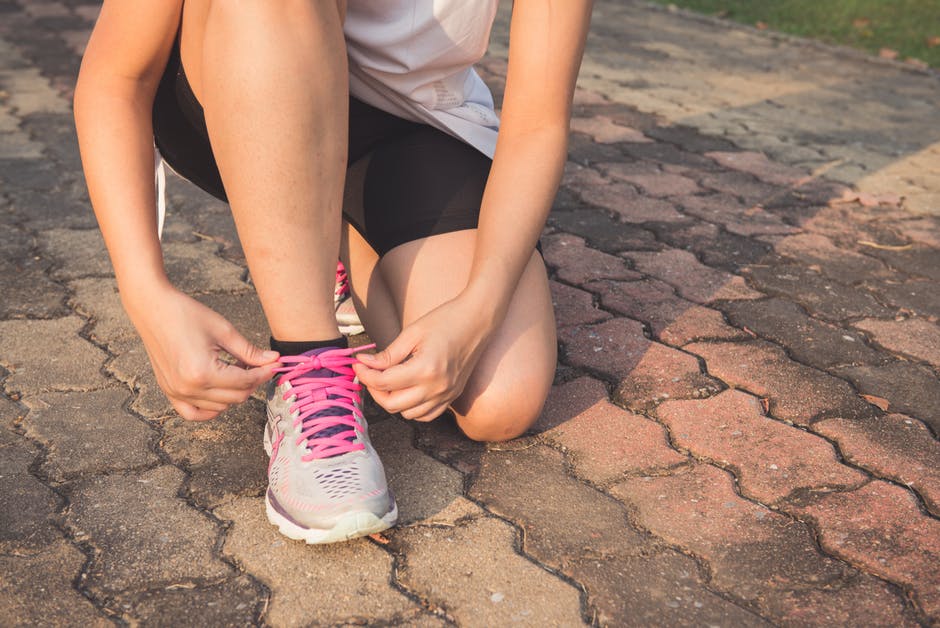
Treating an ACL Tear With Physical Therapy in Huntington
An ACL tear is something that can affect many athletes and has the possibility of taking months to recover from. An ACL tear happens when the ligament in the knee is subject to a rapid or sudden change in movement, especially if one’s foot is planted while the knee is in motion. This accounts for why so many football and soccer players usually suffer from ACL tears and other leg related injuries. Physical therapy in Huntington, East Northport, Nesconset, Coram, East Meadow, and Glen Cove is not only able to treat ACL injuries with the utmost care, but they can build leg-strength back to its full potential.
While an ACL tear can affect ligaments and may take time to recover from, there’s also other types of damage that the injury can cause, such as damage to articular cartilage, meniscus and other ligaments. Since ACL injuries are so important to treat, there’s a severity scale for injured ligaments:
- Grade 1 Sprains: while the ligament is slightly stretched, it still able to keep the knee joint stable.
- Grade 2 Sprains: the ligament stretches far enough that it becomes loose and is usually correlated with a partial ligament tear.
- Grade 3 Sprains: the most serious tear that can be sustained, a Grade 3 sprain is the complete tear of the ligament, where it’s been split into separate pieces, and the knee joint isn’t stable.
After suffering an ACL tear, recovering properly can not only help your knee rehabilitation process but can build the strength of your knee to reduce the chance of future ligament damage. Island Sports Physical Therapy in Huntington have countless treatments that will help you retain confidence in your road to recovery.
- Bracing – After an operation for an ACL tear, a brace is usually given in order to reduce the knee movement following the surgery. This is helpful in assuring the knee doesn’t retain any new damage.
- Icing – cold applications, such as an ice sleeve, around your knee will reduce the swelling around the injury.
- Movement exercise – following surgery, a physical therapist will begin to help you with your knees range of motion and regaining the full movement of your knee. These exercises help increase blood flow around the injured area, reducing swelling as a result.
- Strength Exercises – around a month after the injury, a physical therapist will use weight exercises to build your ability to put weight on your knee and build the strength of the injured knee.
Treatment for an ACL tear is vital for recuperating from the injury. Physical therapy in Huntington will work with patients every step of the way to get them back to doing what they enjoy. However, it’s important to be patient with the healing process, so that re-tearing a ligament doesn’t happen.
Island Sports Physical Therapy in Huntington has the ability to help with all leg injuries and uses various treatments by any means to help people recover. Contact them today for more information.
